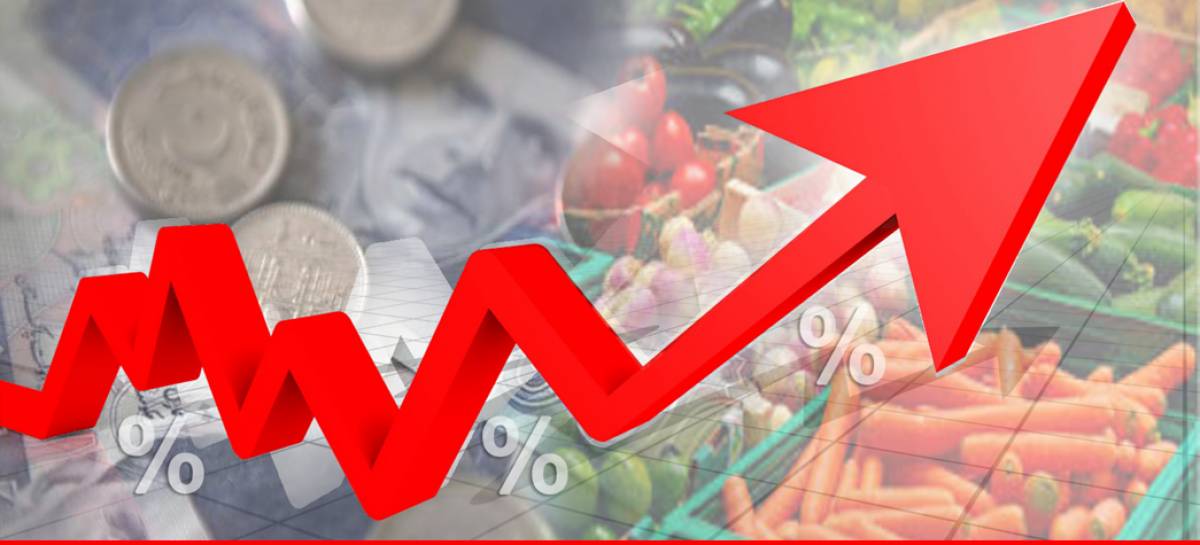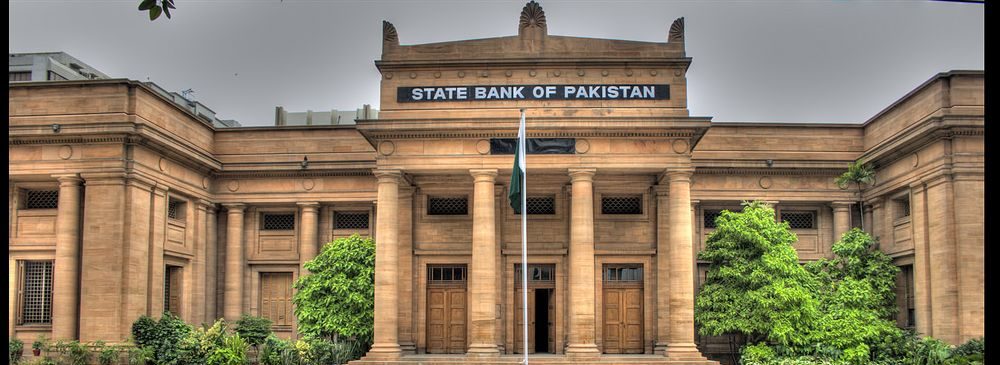In an effort to rein in spiraling inflation, the State Bank of Pakistan (SBP) raised its benchmark policy rate by 150 basis points to 13.75 percent on Monday.
The Monetary Policy Committee (MPC) voted to hike the policy rate by 150 basis points to 13.75 percent during its meeting on Monday. This measure, along with much-needed fiscal consolidation, could assist reduce demand to a more sustainable level while also anchoring inflation expectations and controlling external stability threats.
Provisional projections imply that growth in FY22 will be significantly stronger than projected since the last MPC meeting. Meanwhile, domestic and foreign variables have exacerbated external pressures, and the inflation forecast has deteriorated. Domestically, an expansionary fiscal attitude is expected this year, aggravated by the global financial crisis.
According to the SBP, the country's expansionary fiscal stance this year, aggravated by the energy subsidy package announced by the previous PTI government, boosted demand, while policy uncertainty raised pressure on the exchange rate.
Real Sector
Pakistan, unlike most emerging countries, suffered a comparatively moderate contraction following the Covid shock in 2020, followed by a lengthy and strong comeback. As a result, output has risen above its pre-pandemic average, necessitating tightening of macroeconomic policy, which is also required from the standpoint of demand management, given the current heightened pressures on inflation and the current account. 
The majority of demand indicators, such as POL and automotive sales, energy generation, and sales tax on services, have remained solid since the last MPC, and LSM growth increased in March. Consumer and business confidence levels have also risen. The economy would benefit from some cooling now that the output gap has widened. Growth is expected to go up as a result of monetary tightening and budgetary consolidation.
The financial industry
The fiscal attitude in FY22 is now likely to be expansionary, rather than the budgeted retrenchment. The primary deficit in the first three quarters of the year was 0.7 percent of GDP, which is lower than the primary surplus of 0.8 percent of GDP in the same time last year. Non-interest expenditures increased dramatically, owing to greater subsidies, grants, and provincial development expenditures. The accompanying demand pressures have coincided with a rapid increase in costs as a result of the global commodity price boom, worsening inflationary pressures and the import bill.
Perspectives on monetary and inflation policy
Private sector loan growth remained strong in nominal terms through April, reflecting strong economic activity and increasing input costs, which increased enterprises' working capital requirements. Secondary market yields, benchmark rates, and cut-off rates in the government's auctions have all increased since the last MPC meeting, particularly at the short end. The MPC stated that market rates should be linked with the policy rate, and that if this does not happen following today's policy decision, SBP will take appropriate steps.
For more, keep connected and updated with www.SabzProperty.com






